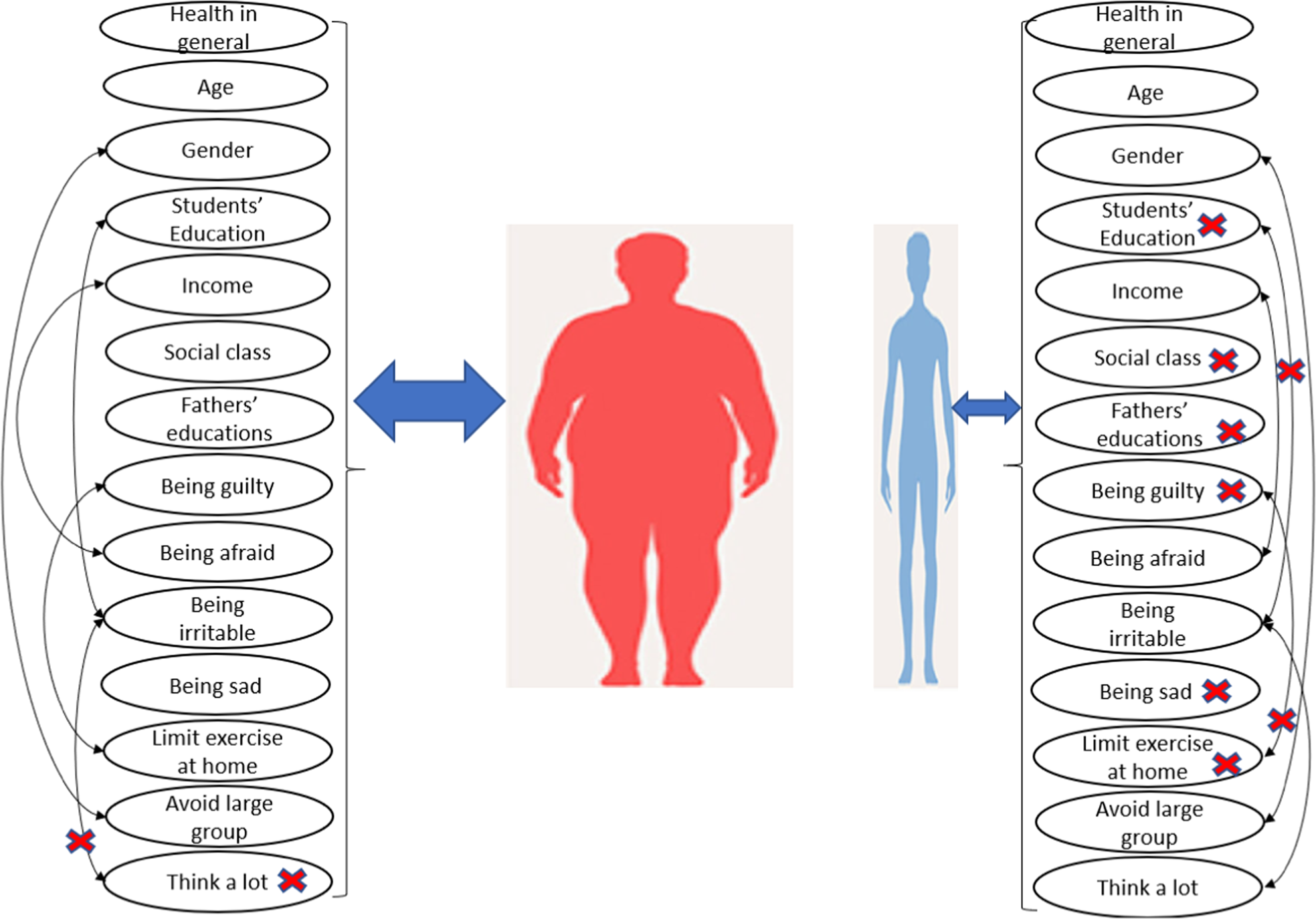
Orthopedics
Are you suffering from a musculoskeletal condition? Is the pain in your muscles, bones, ligaments, and tendons causing desperation for you? If yes, then you might be searching for the best orthopedic doctor, who can help you get rid of this condition. Search no more.
Here Dr Sandeep Singh who is one of the best orthopedic doctor in Bhubaneswar, India will explain you what orthopedic conditions are and how orthopedic doctor’s help get rid of these conditions. So, let’s get started exploring all details regarding orthopedics.
Table of Contents
What is Orthopedics?
Orthopedics is a well-known branch of medicine focusing on the care of the musculoskeletal system. This system consists of the muscles and bones as well as the joints, ligaments, and tendons.
Who is an Orthopedist?
An orthopedist is a person who specializes in orthopedics. His duties include dealing with the musculoskeletal system, which includes joints, ligaments, tendons, and muscles essential for the movement of our body.
In addition to that, the orthopedist may also recommend specific rehabilitation to the patients that may enhance their treatments’ efficiency. Furthermore, an orthopedist may also provide orthopedic education and guidance to the patients regarding preventing orthopedic injuries and diseases.
Orthopedic doctors employ surgical and nonsurgical methods to treat various musculoskeletal conditions.
An orthopedist usually works as a part of a larger orthopedic treatment team which consists of:
- Physician assistants
- Athletic trainers
- Nurse practitioners
- Occupational and physical therapists
Types of Orthopedic Practices
An orthopedist usually specializes in a particular sub-branch of orthopedic medicine. Some of the subspecialties of orthopedic medicine include:
- Foot and ankle
- Hand and upper extremity
- Musculoskeletal oncology (tumor)
- Sports medicine
- Spine surgery
- Pediatric orthopedics
- Spine surgery
- Trauma surgery
- Joint replacement surgery
What Conditions do Orthopedists Treat?
Orthopedists treat a wide range of musculoskeletal conditions, which may either be present from birth or may occur due to sports injury.
Here are a few conditions that orthopedists may treat:
- Bone fractures
- Joint pain from arthritis
- Neck pain
- Back pain
- Soft tissue (muscle, ligament, and tendon) injuries
- Shoulder pain
- Carpal tunnel syndrome
- Sports injuries which include meniscus tears and anterior cruciate ligament (ACL) tears
- Congenital conditions including clubfoot and scoliosis
Orthopedic Appointment and Treatment Process
If you seek comprehensive care for your sciatica pain, you can visit the orthopedic clinic that may offer a team-based approach from an experienced Orthopedist. When you visit the orthopedist on the appointment day, he will diagnose your condition, including physical examination and taking X-rays.
The orthopedist may also opt to go for an in-office procedure such as an injection or conducting additional tests that may be needed to ease the diagnosis and treatment process.
How does the Diagnosis Process work?
When you visit the orthopedist, he will begin the diagnosis process. The orthopedist might;
Ask about the symptoms you are suffering from
Go through your medical record and gather information about your medical history.
- Perform physical examination
- Go through the X-rays
- In addition to that, the orthopedist may also recommend some other diagnostic tests, which may include:
- A CT scan
- An MRI scan
- An ultrasound
- A bone scan
- Blood tests
Treatment Methods for Orthopedics
Orthopedic conditions can be treated either operatively or non-operatively. Non-operative methods employ medications, physical therapy, exercise, alternate therapies, or some surgical procedures that are minimally invasive and less traumatic to the body.
The treatment method implemented depends on the severity of the condition. The overall objective of orthopedic treatment to restore preserve and restore the functioning of the musculoskeletal system.
If the issue doesn’t get resolved through in-office treatment, the orthopedist may go for some other treatment options.
For example, in chronic musculoskeletal disorders, including back pain or arthritis, the orthopedist may recommend any of the following treatments.
- Rehabilitation and physical therapy
- Over-the-counter anti-inflammatory medications
- Injections
- Home exercise programs
- Mobility aids
- Acupuncture
- Surgery (a last resort)
Final Words
Orthopedics is a branch of medicine that focuses on treating injuries related to the musculoskeletal system. Some of these conditions might be present during birth, while others may occur due to an injury or wear and tear.
Physicians whose practice revolve around orthopedics are called orthopedic surgeons; however, not all perform surgery. If you are experiencing an issue in your musculoskeletal system, don’t delay getting in touch with an orthopedic surgeon and discuss your problem with him.


:max_bytes(150000):strip_icc()/hypersexuality-f7219c0faf93488b82402d4f9d20e454.jpg)


